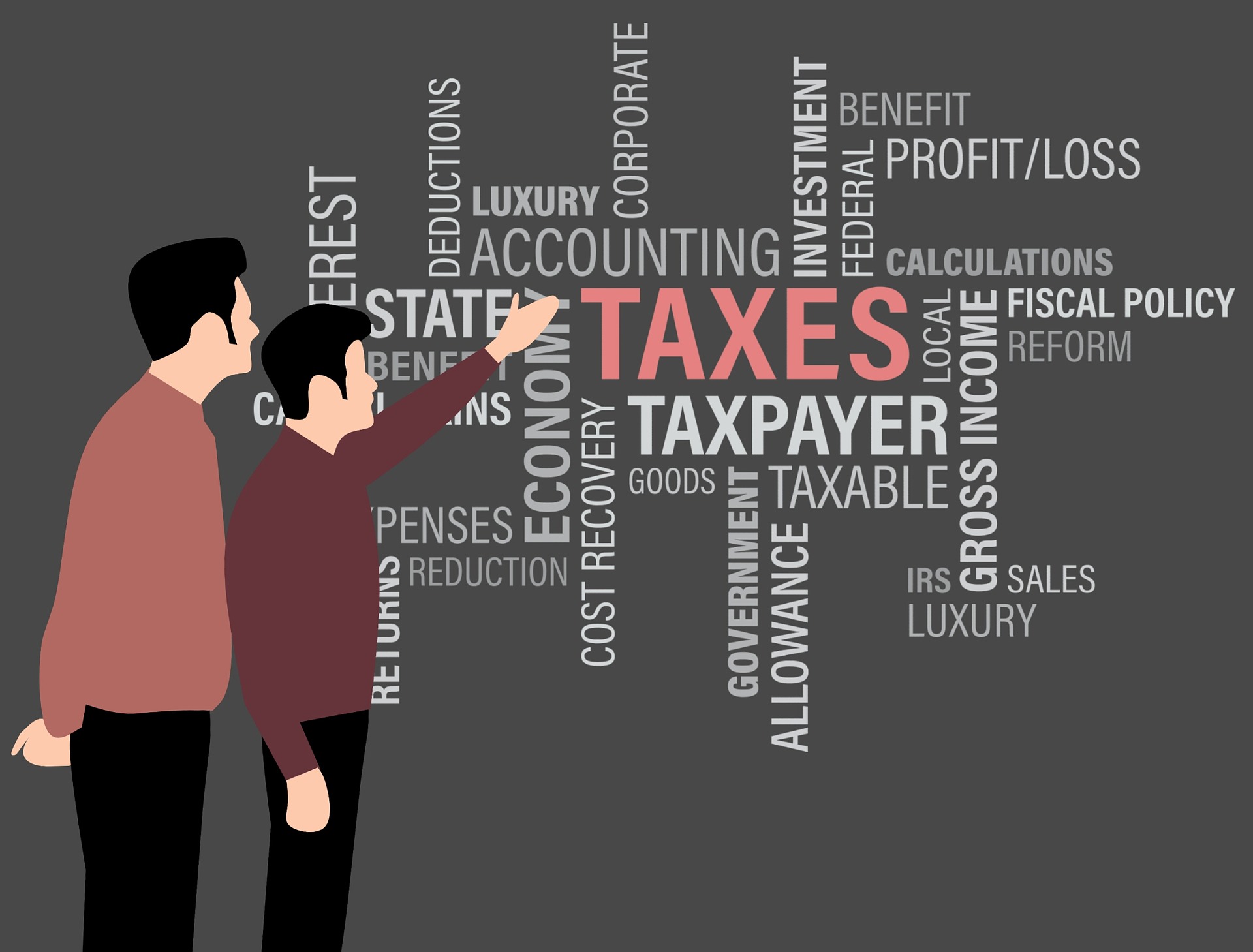With the rapid rise of the work-from-home workforce due to the pandemic, Canada Revenue Agency (CRA) has made some changes to the home office deduction. If you are working from home, here is what you need to know.
The new, temporary, flat rate for 2020
The temporary flat rate was available for the 2020 tax year only. However, if you were among the 60 percent of Canadians that delayed filing and you have plans to submit your taxes soon, here is what you need to know.
The maximum claim is $400 based on 200 working days if you worked more than 50 percent of the time from home for at least four weeks in a row in 2020, due to the pandemic. You do not have to calculate your workspace square footage nor provide supporting documentation. You cannot include sick days, vacation time, or leaves of absence in the calculation.
The detailed rate
Those that still need to do their 2020 taxes can choose between the flat rate or the detailed rate. To qualify for the detailed rate, you must have documents to support the amount you are claiming, have Form T2200S / T2200 signed by your employer, and must have been required to work from home because of COVID-19.
For the detailed rate, you must calculate your workspace and it can include a common area (for example, if you had no spare room for an office so you used the kitchen table and a laptop. CRA details how to make this calculation on their website. CRA also provides a calculator to help with this.
What expenses can be claimed?
Those using the flat rate can claim internet access fees, office supplies, and cell phone (business) usage. You cannot claim typical work-from-home detailed expenses such as the use of your car. Those using the detailed method, however, can claim a broader range of expenses including utilities and minor home repairs. There are other considerations for commission employees such as home insurance and property taxes. A full list of claimable expenses for the flat rate and the detailed rate are on CRA’s website.

What if you are self-employed?
Perhaps you are now self-employed, having started your own business during the pandemic, or perhaps work from home but you filed your 2020 return on time and have no need of the flat or detailed method. In those cases, you would follow CRA’s business-use-of-home expenses guidelines.
To be eligible, your home must be your primary place of business and you have a dedicated space used regularly to earn business income (home office, a shop on your property, a basement retrofitted for your business, etc.). You’ll be able to claim some of your utilities and part of your property taxes, mortgage interest, and capital cost allowance. If you rent, you can deduct a portion of your rent costs and associated expenses as relates to the workspace.
Need help?
Whether you filed on time, still need to catch up, worked from home part-time during the pandemic, started a home-based business, or were already a work-from-home employee prior to 2020, things can be confusing for claiming expenses in 2020 and 2021. AF Accounting is here to help. We work with individuals and small businesses across Canada, providing as-needed or ongoing support. Accounting is what we do and what we love. We specialize in helping Canadian entrepreneurs. Contact us today to learn more, and if you need help catching up on your filing











